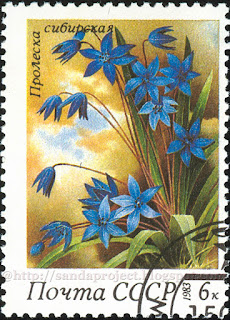Saurolophus is a genus of large saurolophine hadrosaurid dinosaurs that lived about 70.0–68.5 million years ago, in the Late Cretaceous of North America and Asia; it is one of the few genera of dinosaurs known from multiple continents. It is distinguished by a spike-like crest which projects up and back from the skull. Saurolophus was a herbivorous dinosaur which could move about either bipedally or quadrupedally.
- Series: Prehistoric Animals Dinosaurs
- Country: Malagasy Republic
- Year: 1988
- Subject: Animals
- Face value: 600 Fmg



















